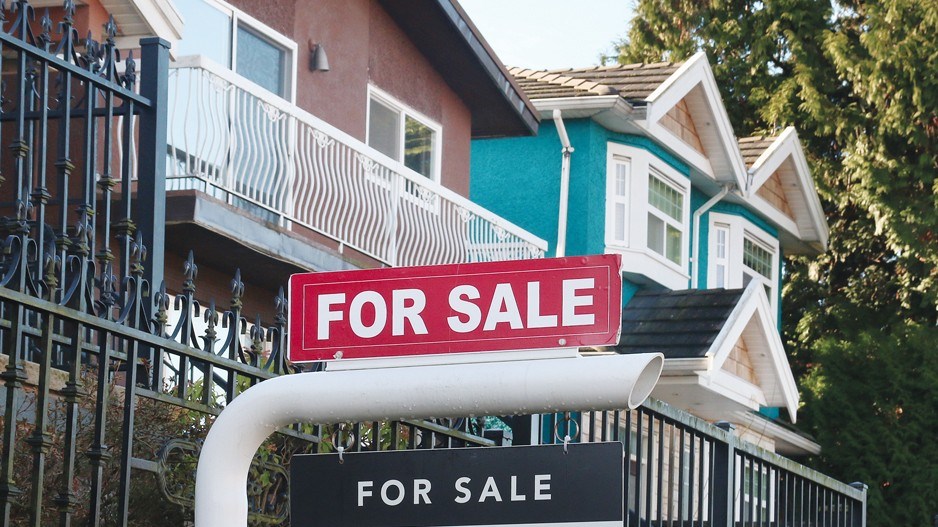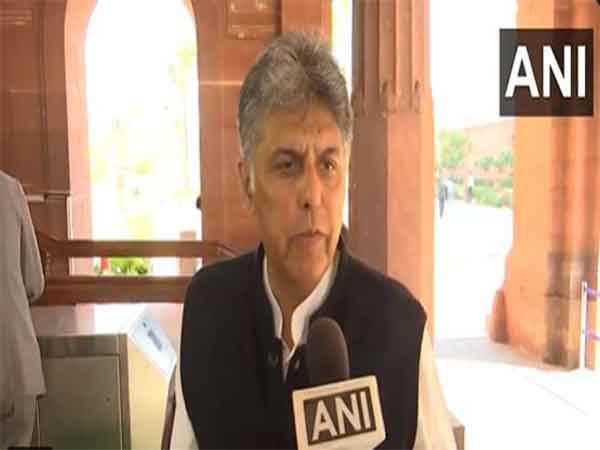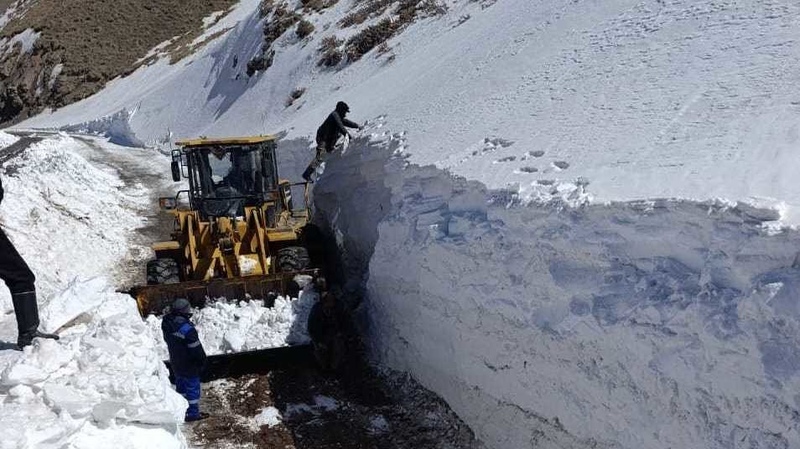
B.C.’s inflation rate accelerated in February, corresponding with a strong national increase.
On a year-over-year basis, headline inflation rose to three per cent, up from 2.2 per cent in January, and compared to 2.6 per cent nationwide.

This was in large part because of the end to the GST holiday. Core inflation, which excludes food and energy, also rose to 2.9 per cent from 2.
3 per cent. Shelter prices continued to keep headline inflation elevated. Year over year, shelter prices rose by 4.
3 per cent, up from 4.1 per cent in January. This is the second-lowest increase in over three years.
Transportation prices registered the largest year-over-year increase since February 2023, up 4.8 per cent. Gas prices were also up 7.
5 per cent, down from the previous month’s 8.7-per-cent increase. Food prices rose 1.
9 per cent with meat up 5.2 per cent and fruit and nuts up 5.9 per cent.
The price of restaurant food declined 0.8 per cent, but the year-over-year decline was much lower than that of the previous two months. Alcoholic beverages, tobacco products and recreational cannabis prices also rose one per cent.
The price of goods increased 2.2 per cent, led by a three-per-cent increase in non-durable goods and a 2.2-per-cent increase in semi-durable goods.
Durable goods prices increased just 0.8 per cent, although it was the highest year-over-year price increase since August 2023. The price of services increased 3.
5 per cent, up from January’s 2.7-per-cent rise. Overall, the increase in the price of services has been on a downward trend over the past few years.
The B.C. housing market in February continued to be impacted by economic uncertainty from unsteady trade relations and eroding consumer confidence.
Home sales retreated for the third month, with seasonally adjusted MLS sales at 5,691 units, an 11.3-per-cent monthly decline. Year over year, home sales in the province fell by 7.
3 per cent. Sales fell significantly in almost all of B.C.
’s economic regions. In Greater Vancouver, home sales declined by 12.8 per cent.
Home sales fell in South Okanagan (down 28 per cent), the Okanagan-Mainline (down 16.1 per cent) and Chilliwack (down 20.2 per cent).
On Vancouver Island (excluding Victoria), sales decreased by 9.1 per cent and fell by 5.7 per cent in Victoria.
Sales also pulled back in Kamloops (down 6.2 per cent) and the Kootenay (down 9.9 per cent).
The sole region to report an increase was Northern B.C., with a 14.
5-per-cent gain during the month. The average home price in B.C.
decreased by 1.9 per cent in February to nearly $948,000. Prices now sit 11.
7 per cent below the historical peak in February 2022. Housing supply pulled back significantly during the month, as new residential listings fell by 17.3 per cent.
While pent-up demand remains supportive, market conditions are still on the buyers’ side with a sales-to-new-listings ratio of 39.7 per cent. Regionally, lower prices were recorded in Greater Vancouver (down 1.
1 per cent), Vancouver Island excluding Victoria (down 2.9 per cent), Victoria (down 0.9 per cent), and the Okanagan-Mainline (down two per cent).
Prices jumped 13.6 per cent in the Kootenay, 5.7 per cent in South Okanagan and 3.
7 per cent in Chilliwack. Although interest rates are falling, market activity will be subject to the impact of macroeconomic factors. The possibility of layoffs will keep consumers reluctant to re-enter the market, especially in expensive markets.
Bryan Yu is chief economist at Central 1..











